- Home
- About
- Hospitals
-
Treatments
- Orthopedic & Spine
- Knee Replacement
- Carpal Tunnel Release
- Rotator Cuff Repair
- Meniscus Repair / Meniscectomy
- Total Hip Replacement (THR)
- Total Shoulder Replacement
- Arthroscopy
- Ligament Reconstruction
- Spinal Fusion
- Discectomy
- Laminectomy
- Spinal Decompression
- Vertebroplasty and Kyphoplasty
- Fracture Repair
- ACL Reconstruction
- Tendon Repair
- Osteotomy
- Amputation
- Pediatric and Adult Cardiac
- Neuroscience
- Oncology
- Nephrology & KTP
- Gastroenterology & Hepatobiliary
- Obstetrics and Gynaecology
- Infertility
- Dental & Maxillofacial
- Plastic & Cosmetic Surgery
- Rhinoplasty
- Blepharoplasty (Eyelid Surgery)
- Facelift (Rhytidectomy)
- Breast Augmentation (Mammoplasty)
- Breast Reduction (Mammoplasty)
- Breast Lift (Mastopexy)
- Liposuction
- Abdominoplasty (Tummy Tuck)
- Brazilian Butt Lift (BBL)
- Lip Augmentation
- Breast Reconstruction
- Cleft Lip and Palate Repair
- Scar Revision
- Burn Reconstruction
- Botox Injection
- Ophthalmology
- Otolaryngology (ENT)
- Endocrinology
- General and Minimal Invasive Surgery
- Pulmonology
- Rheumatology
- Urology
- General Medicine
- Ayurvedic Treatment
- Orthopedic & Spine
- Doctors
- Contact Us
Meniscus Repair / Meniscectomy
Meniscus Repair and Meniscectomy are surgical procedures performed to treat a
torn meniscus in the knee. The meniscus is a C-shaped cartilage structure
located in the knee joint, and it acts as a cushion and a stabilizer for the
knee. A torn meniscus is a common knee injury, often resulting from activities
that involve twisting or excessive force on the knee joint.
Meniscus Repair: In this procedure, the surgeon attempts to repair the torn meniscus and
preserve as much of the healthy tissue as possible. Meniscus repair is
typically recommended for younger individuals, those with healthy meniscus
tissue, and tears in the red-red or red-white zones of the meniscus. The
red-red zone has the best blood supply and is more likely to heal. The surgeon
will use sutures or other fixation devices to sew the torn edges of the
meniscus back together.
Meniscectomy: In some cases, the meniscus tear may be too large, located in a part of
the meniscus with poor blood supply (e.g., white-white zone), or the tissue may
be too damaged for repair. In such cases, a partial or total meniscectomy may
be performed. During a meniscectomy, the surgeon removes the torn or damaged
portion of the meniscus.
The choice between a meniscus repair and a meniscectomy depends on the
specific characteristics of the tear and the patient's age, activity level, and
overall health.
The procedures generally involve the following steps:
Anaesthesia: The
surgery is typically performed under local anaesthesia with sedation or general
anaesthesia to keep the patient pain-free and comfortable during the procedure.
Arthroscopy: A small
incision is made near the knee, and an arthroscope (a thin, flexible tube with
a camera) is inserted to allow the surgeon to visualize the inside of the knee
joint.
Repair: If a
meniscus repair is possible, the surgeon will use small instruments and sutures
to rejoin the torn edges of the meniscus. Sometimes, fixation devices, like
screws or anchors, are used to secure the meniscus in place.
Closure: The
incisions are closed with sutures or sterile strips, and a sterile dressing or
bandage is applied.
Recovery
from meniscus repair surgery varies depending on the extent of the repair and
the patient's overall health. It typically involves a period of rest, physical
therapy, and a gradual return to normal activities and sports. Recovery may
take several weeks to several months, and the success of the repair can vary,
with some patients experiencing a full return to function and others
experiencing ongoing symptoms.



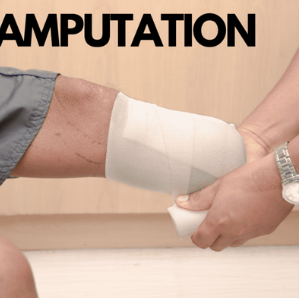
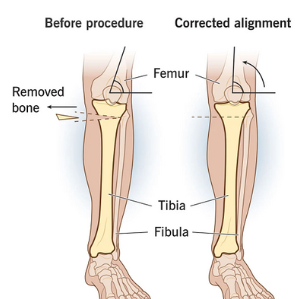



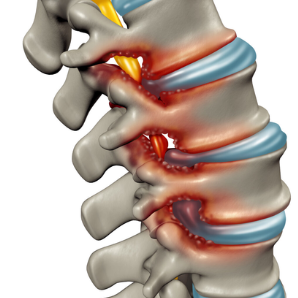
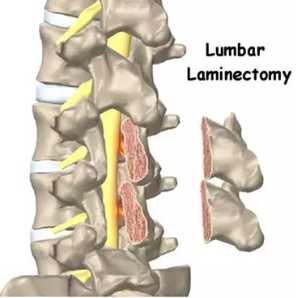

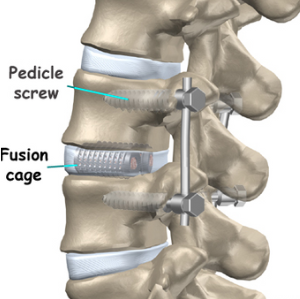
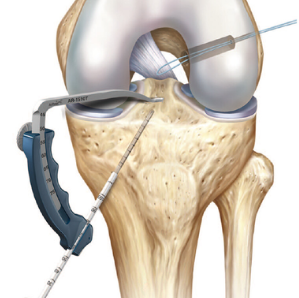
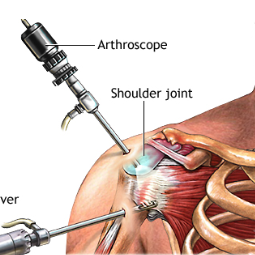
.png)